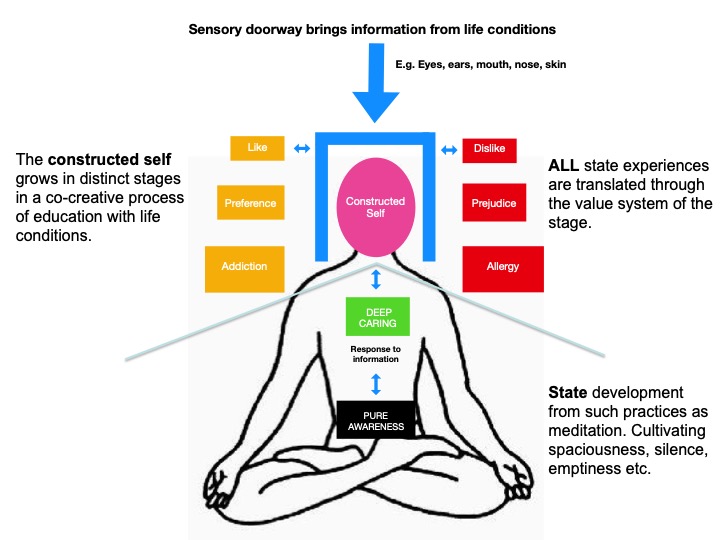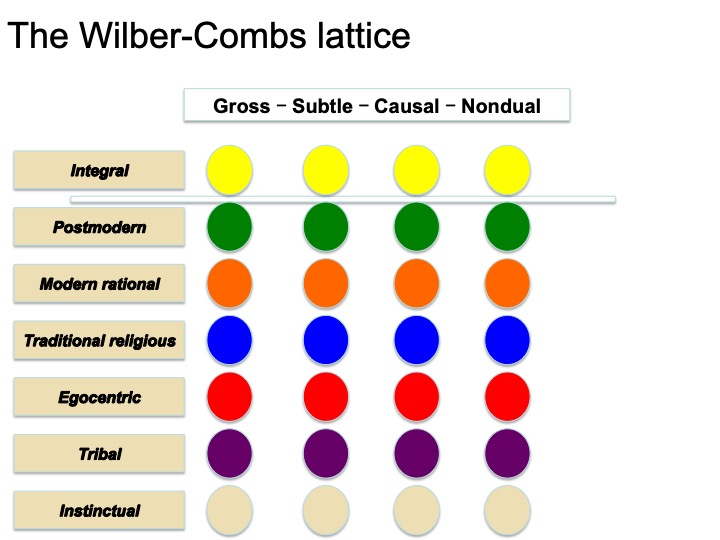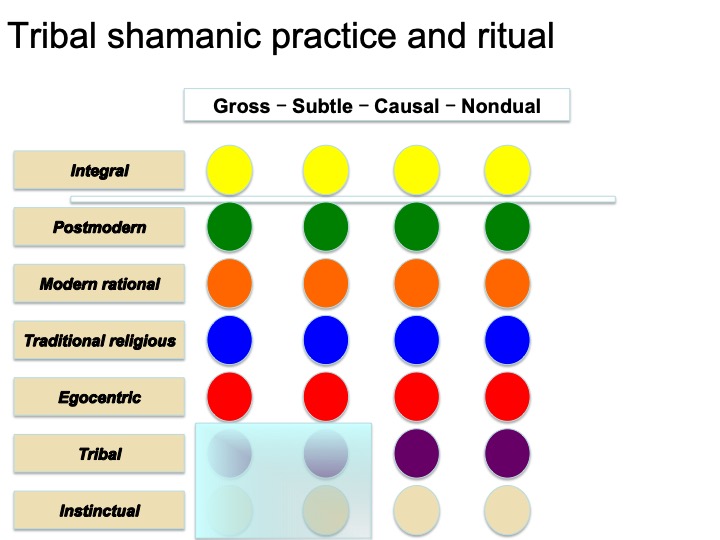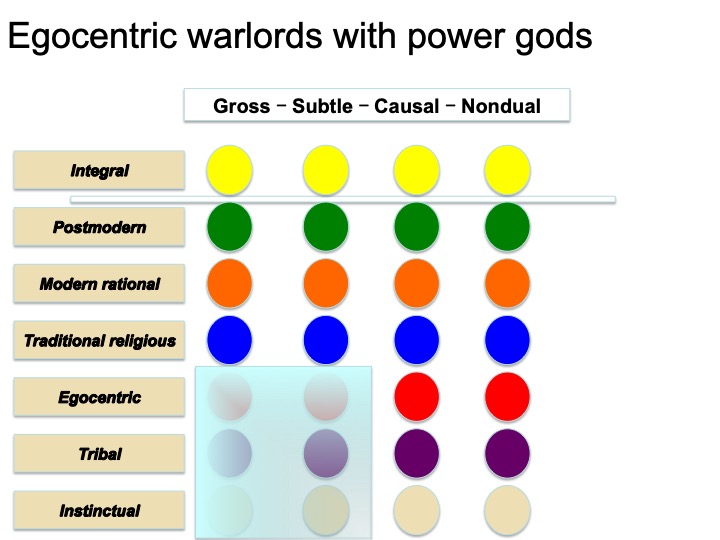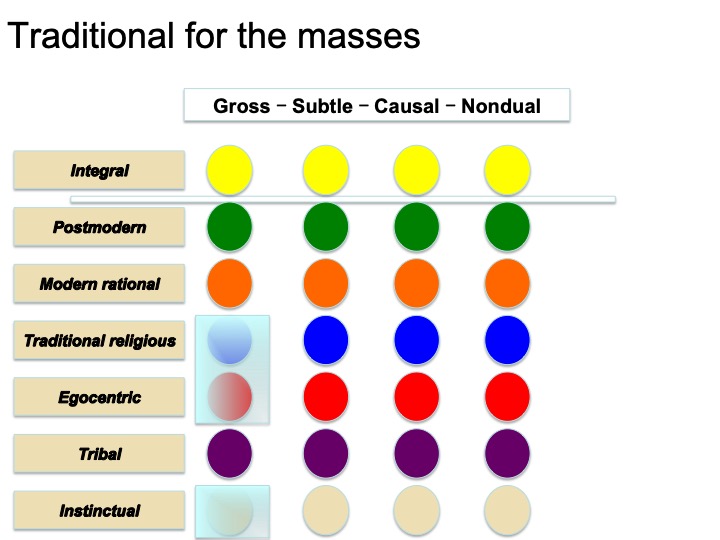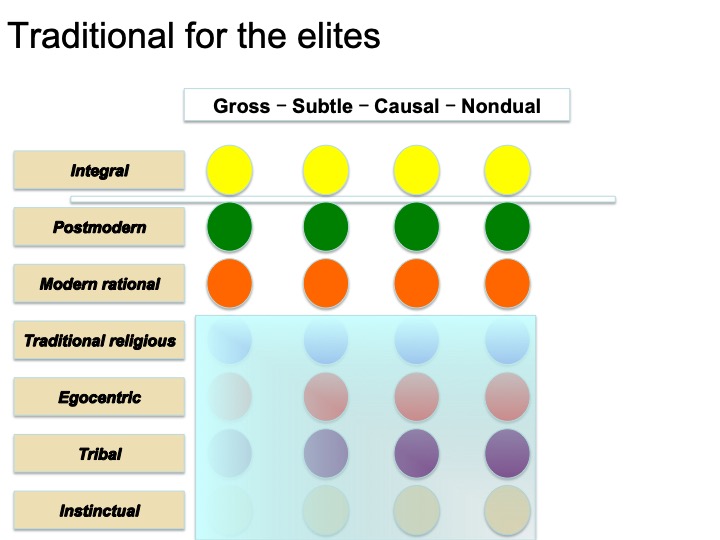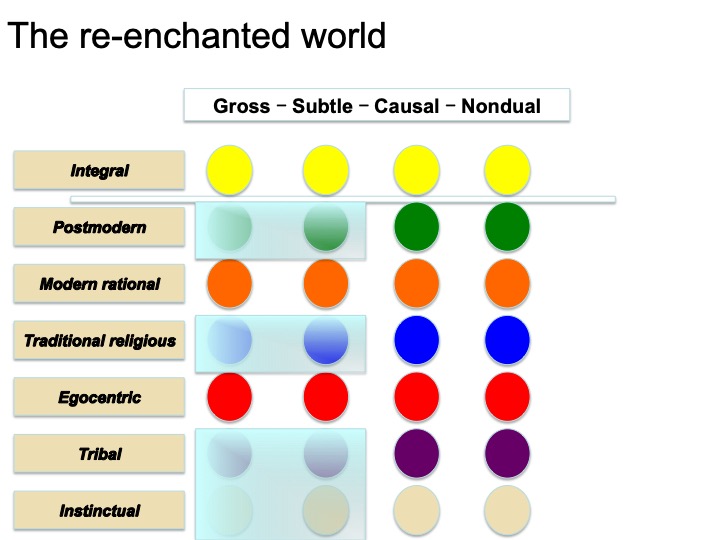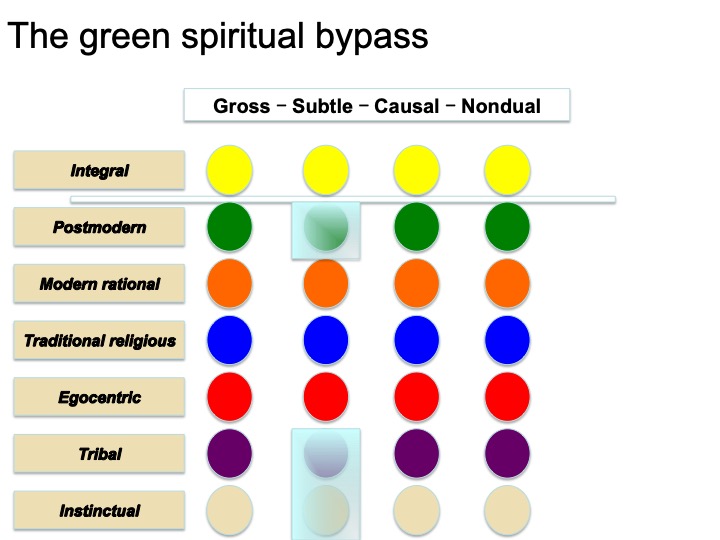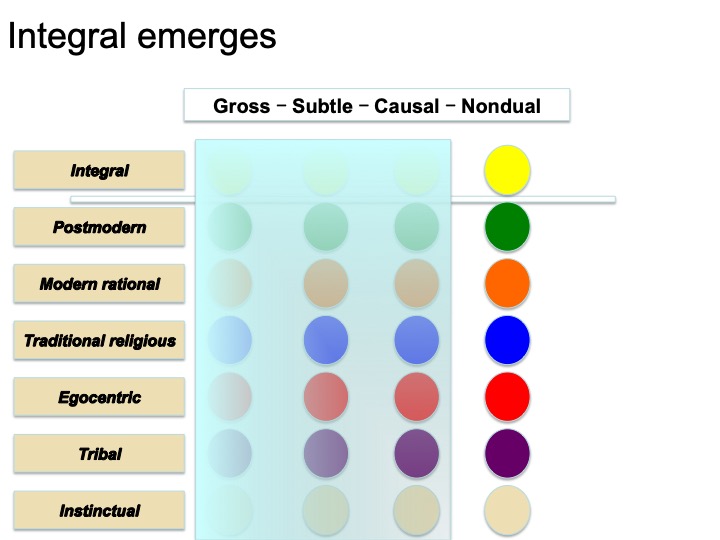If you have had an awakening experience, where were you asleep? Is it a temporary state or something more permanent in what you value? Is this the end of the road or just a step on a pathway? Throughout history, people have always experienced change to new improved...
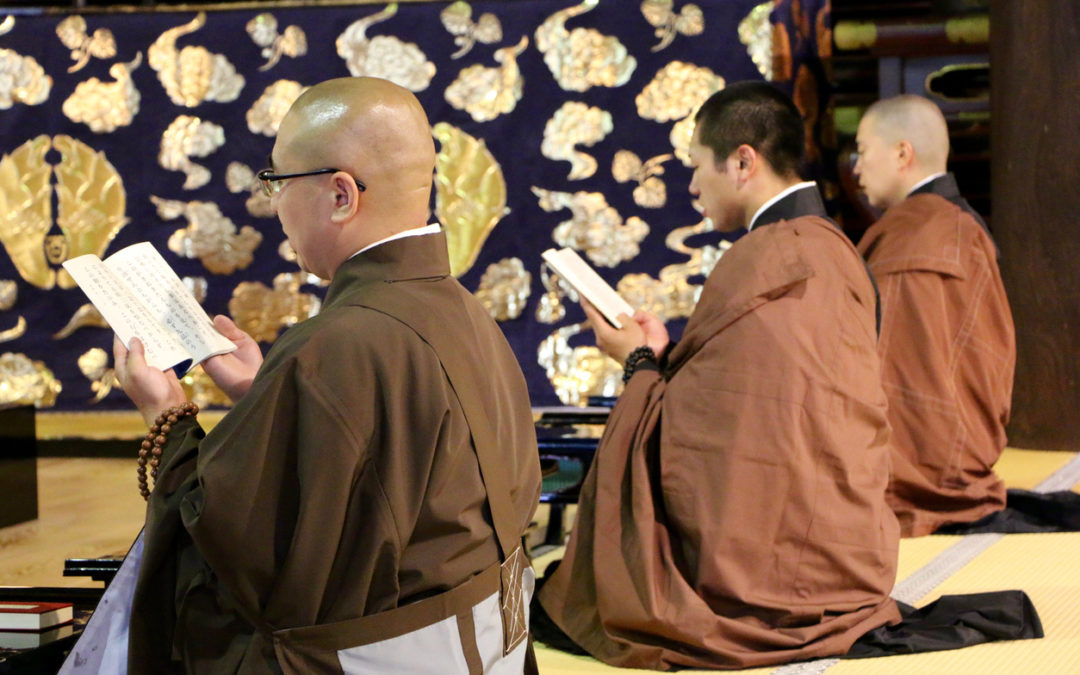
Awakened? Transformed? From where to where?
If you have had an awakening experience, where were you asleep?
Is it a temporary state or something more permanent in what you value?
Is this the end of the road or just a step on a pathway?
Throughout history, people have always experienced change to new improved versions of themselves. You have already experienced radical shifts in who you are psychologically. You are not the same person reading this as you were at six years old. You would not be able to interpret what this blog post is about in any meaningful way. However, this does not mean that there was anything wrong with the view of the six year old. It was just a necessary step on your pathway as you have transcended and included who you were back then.
People go through distinct transformations of who they are, as they change how they see and interact with the world around them. We take this as being perfectly normal as people develop from babies to children to adults. These radical changes can continue in adulthood and seem to be happening to people more often nowadays. People gain new awareness and naturally ask ‘how did that happen’? If that process can be understood, then other people might be guided a little better along a similar route and potential pitfalls identified.
In times gone by, the great religions emerged to answer those questions and help people along the path trodden by their great mystics such as Buddha, Mohammed and Jesus. These religions began to map our internal world, developing supportive narratives and practices to arrive at a similar place to their chosen enlightened ones in history. Much of what is communicated in these maps and practices is still relevant today. For example, anyone taking a week-long disciplined meditation retreat with a good teacher will likely experience subtle but very palpable and profound shifts in their state of being.
In addition to these maps produced by the great religions, over the last 100 years or so, psychologists have used scientific approaches to discover how our psychological selves or ego’s are constructed and develop. It turns out that these two approaches from religion and science have revealed different aspects about how people grow and wake up that are not in conflict with one another. Discerning the difference in the nature of these maps can be extremely helpful to identify where people are at on their grand journey and this is the intended purpose of this blog post.
These maps from religion and science have been brought together in a greater framework or metamap called integral theory by American Ken Wilber. This mapping framework is regarded by many as the leading tool to assist human evolution available in the World today. Some of the reading associated with getting up to speed with integral theory and component maps such as spiral dynamics can be quite an undertaking. Again, hopefully this blog provides something a bit more bite sized and digestible by way of introduction.
A spiritual riddle
It is worth introducing what follows with a riddle that people interested in human development have been faced with:
How do people we might well describe as being awakened do bad things? Surely, a solid spiritual practice leads to exhibiting more compassion and forgiveness for all people, nevermind all beings?
Wilber uses a book called Zen at War as an example to bring awareness to this conundrum. The book describes the behavior of very advanced Japanese Zen meditation practitioners in the Second World War and their collusion with real war atrocities.
The Zen master’s behavior would be described as being very nationalistic and ethnocentric. i.e. focused upon taking sides with their perceived group against another group they did not identify with – something that today would be cited as racist. How could these people who held such disciplined and dedicated meditation practices exhibit such behavior? It’s important to look into this, to make sure that people today advocating ideas from their own standpoint aren’t also causing unrecognised serious problems.
The answer to this riddle has come from people bringing together the study of developmental psychology and the great spiritual traditions. What it shows is that human development has two related but different streams– these are states of consciousness (with development methods such as meditation, prayer and contemplation) and stages of consciousness (the lens of the mind, ego or constructed self through which ALL states are interpreted).
So let’s look at these components before returning to the question of how these advanced meditation practitioners advocated awful behaviour.
States of consciousness – the pathway of waking up
Wilber shows that most spiritual traditions identify 4 main states of consciousness – gross, subtle, causal and non-dual.The practices and narratives of the great religions seek to develop a conscious connection to the ‘higher’ and more refined states towards ‘awakening’ to who we really are – the pathway known as ‘waking up’.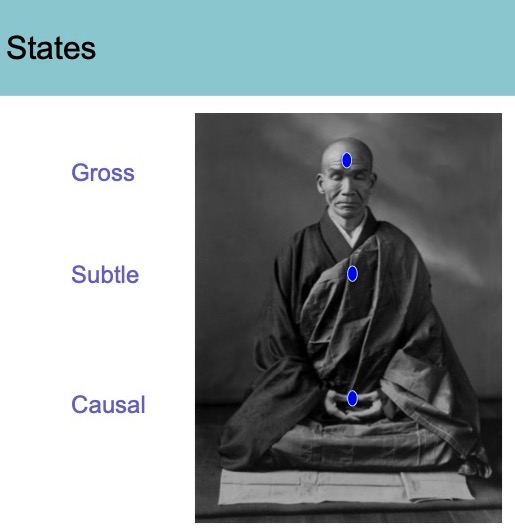
People can be directly aware of the experience of being in different states, without any awareness at all that these are being interpreted through their ego or stage lens. For example, a person who engages in a week long meditation course will likely be aware of being in a different state at the end of the week, possibly described as more spacious, compassionate or deeply caring. However, they may be quite unaware that when they think or talk about this experience, that this is being filtered by their psychological set of values or constructed stage. Language is a learnt system and so sits in the stage structure.
Stages of consciousness – the pathway of growing up
I like to use spiral dynam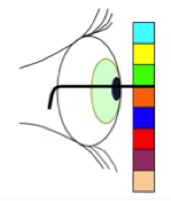 ics (see Beck and Cowan, 1996) to look at the value systems that give us our stages of consciousness as our constructed selves grow. Research shows that there are about 8 main stages available nowadays that unfold in a specific order and colour our view of life like wearing contact lenses.
ics (see Beck and Cowan, 1996) to look at the value systems that give us our stages of consciousness as our constructed selves grow. Research shows that there are about 8 main stages available nowadays that unfold in a specific order and colour our view of life like wearing contact lenses.
As people grow psychologically to a new stage lens, they experience a radical new interpretation of the world around them. They see new connections they could not perceive before and develop new values and ideas because of that. This is the experience of ‘transformation’. In the context of current Western society, there are many people emerging from seeing the world through a rational scientific orange value system to a green postmodern set of values based on equality and egalitarianism. Of course, this is still just a step on a greater pathway. This stage growth should also not be confused with state development!
Don Beck and Chris Cowan used research into the development of human values conducted by a New York Professor called Clare Graves to form the spiral dynamics model that I use as one of the tools to assess and describe this vertical stage development – the pathway of how people ‘grow up’. This vertical stage development can be used for assessment on a personal basis, for organisations and even for whole societies. To gain insight into the structure, preferences and prejudices of our constructed selves, mapping using spiral dynamics and components of integral theory can be very helpful.
The spiral dynamics model above shows that it is waves of life conditions (A to I) that present sets of problems that call forward an appropriate mental model or value systems to be able to answer those problems. Like human software, these value systems then dictate our behavior, literally guiding how we operate on our external environments as we go about our lives. The value system is not perfect and so over time will manifest its own shortcomings as a new set of life conditions and problems, calling forward further transformation. And so the process of life continues in an emergent co-creative dance.
In the same way that beavers build dams, humans have farmed land and animals, built huts, pyramids and tower blocks and created education and social systems. Like the beaver and the dam, we and our huts and tower blocks are also nature. We create the conditions for our own transcendence.
When we grow to a new stage we can literally see the world with an extra perspective, revealing underlying connections that were previously hidden from view. This experience of transformation of consciousness tends to be very memorable when experienced as an adult. Often, life experiences before a transformation tend to be challenging, giving us problems to solve that are beyond our current capacity. These problems that cannot be solved by the same level of thinking that created them are called ‘wicked problems’. You can see some of these arising in Western society at the moment, such as the polarisation of people with different values and political leanings.
You might notice people with the most common stages found in Western society at the moment. Many will have a traditional blue stage lens who like structure and order and tend to be religious, there are the bulk of people who have rational orange stage lenses who seek to make money and achieve and then there are those with green postmodern stage lens who value equality, inclusion and diversity. You may also notice that people with different predominant stage lenses are getting into heated conflict with each other in the culture wars, without realising they are stages on the same spiralling pathway. The values found at the different stages are quite different and often opposing – hence they have strong dynamic relationships between them. Understanding that they are part of the same pathway can be so helpful to reduce potential conflict between people with different stage lenses.
As stages emerge, the perception of the person becomes deeper and more able to see solutions to more complex problems. However, it is very important to note that all stage lenses are equally valuable, as lower stages provide the stepping stones and foundations to higher stages. Without them, the spiral pathway ceases to function. As new stages emerge in people, the older ones do not go away but are subsumed by the new stage. The new stage refines the old way of thinking, eventually harnessing the essential essence of truth that each stage provides. The version of truth at each stage is said to be true, but only partially true.
The diagram below gives an indication of how the levels have emerged over human history and how they are emerging in people on an individual basis:
States and stages and shadow work
Dependent on the strength of attachment to certain values, ideas and previous life experiences, the constructed self generates likes and dislikes, preferences and prejudices. With intense previous life experiences at previous stages, it can also often develop unhealthy coping patterns resulting in addiction’s and allergies. The ego often gets a bad rap, but it is actually functioning to try and keep you safe from harm and alive. The problem with how it works is when memories and behaviours from one situation (that might be in childhood) are transferred and believed to be suitable for another situation that happens to look similar (which might be in adulthood). We might be intensely avoiding something because the childhood patterning is running the show in a way that we are just not aware of – it is in shadow to us. Uncovering this is the basis of shadow work, which can be very helpful to release unhelpful behavior patterns such as allergies and addictions.
Meeting the problem of the riddle
So, to return to our earlier conundrum, a person at traditional religious blue stage will interpret the world in a particular way. They will value structure and order and will identify with their chosen group. They are quite happy for walls to be put up to keep another group they see as different out. At some points in history this will have been very useful! People with this as their main lens will tend to interpret the world in black and white terms – ‘You are either with us or against us’ – ‘My country right or wrong’. If you are with us, I can love you, if you are against us I can think of you as an animal and even worse – a non-believer. The values are about the ‘rightness’ of the group I identify with and the ‘wrongness’ of others and are therefore ethnocentric with a strong tendency for racism. Please note this stage lens is common to us all at some point, regardless of skin colour, gender or where you live or have grown up.
However, with a disciplined practice such as meditation, this person can still experience the full range of state development, even non dual enlightenment. This can potentially lead to further embedding the shadow of the belief system of separating into right and wrong as my view is now believed to be blessed by God! Cue religious fundamentalism. Hence why Japanese Zen Masters during World War Two could still exhibit deeply troubling ethnocentric behavior. Their highly advanced states of consciousness were being interpreted through their still ethnocentric religious stage of consciousness and value system.
People with the same stage lens tend to gather together
Recognising that all state experiences and processes are being filtered through a stage lens is very relevant if groups of people are experiencing challenging life conditions. People at the same stages of consciousness tend to group together quite strongly, particularly with the green egalitarian or postmodern stage (valuing care, diversity, inclusion and community). As with all stages, it will eventually manifest it’s shortcomings into the environment as a new set of wicked problems. This cloud does contain the silver lining that it drives the emergence of the next level – known as integral, second tier or yellow in spiral dynamics.
In organisational or group settings, efforts to address wicked problems may often remain coloured by the very lens that is creating the challenging life conditions, making the process go round and round in circles. Systems may have to exhaust this process to a point where enough key individuals accept they don’t know the way forward and become open to real change. At this point, new ideas from the next level have a chance to take a foothold. This can be very challenging for some as we know that the ‘first tier’ stage lenses up to and including green reject the values of other stage lenses, even those that are from the next step on the pathway. In systems, people who are genuinely up for growth need to be identified and brought together, otherwise they are likely to be held back by those who don’t wish to change or are giving lip service to it (and it is fine and understandable that some people may be quite happy where they are!). If the leadership of an organisation or system is not truly on board, then it may be unwise to attempt. Spiral dynamics assessment testing can be a very useful tool in this situation, as provided through Integral View.
Further on the subject of gathering together, one of the values held by people with leading green stage lenses is that of community and so these people naturally form actual communities, often with a spiritual and / or ecological focus. Some of the problems associated with that same stage lens are around a lack of ability to generate money, sometimes termed ‘poverty consciousness‘. This can eventually become a very serious problem for people with this leading value system and for the communities where they gather. This is therefore a stage problem that requires awareness of stages and their dynamics to start to solve. More meditation might not be very helpful. Trying to solve that problem without integrating the awareness of the stage structure will miss the mark, waste energy and perpetuate the problem. Indeed, if a spiritual community sees the ego as something to remove rather than something to own, reprogramme and transform, then approaching this problem with more meditation may actually make the problem worse.
Wilber rightly states that if the great religious texts were to be written now, they would be ‘all over‘ the integration of stage awareness! The only religious tradition that I know of so far that has developed its methodology and practice to absorb this new information is that of Integral Zen. They still hold the vital state meditation practice – to wake up – but also hold the view that the constructed self has been programmed and therefore can be deprogrammed and reprogrammed. A practice of waking up, growing up and cleaning up of the shadow is advocated and supported. In this way the ego is recognised as something that is impossible to ‘get rid of’’ whilst alive, but something that needs to be integrated and reorientated in service rather than being the master. This development of integrating stage awareness with the state maps has sometimes been termed the fourth great turning of Buddhism.
The Wilber-Combs Lattice
The discovery that spiritual development has two streams of states and stages was brought together by human development researchers Allan Combs and Ken Wilber. They developed a simple diagram called the Wilber-Combs lattice that can be used to look at how people and societies have grown in state and stage over time. I leave it below, adapted slightly to include the spiral dynamics colour system. I hope you find it interesting to consider and I offer some of my own permutations of general state and stage combinations through the ages to show how it can be used. You may also wish to use it as a tool for your own personal journey.
Tribal:
At tribal purple stage, the world is full of spirits that must be placated by ritual. Trees, rivers, even rocks have have spirit entities with the shaman holding the ritual of the psychedelic experience.
Clansmen, warlords and power gods:
As problems for the tribe such as drought, flood and famine take place that are not solved by more rituals pleasing the spirits, eventually the physically strong and brave go and take resources by force from neighbouring tribes. Worshipping gods of power through sacrifice and warfare, dominant tribes emerge with charismatic leaders. Examples are the viking berserkers eating magic mushrooms before entering battle with Valhalla in mind. A bloody stage in human history.
Traditional religious:
The bloodiness of battle takes its toll, leading to the emergence of religions and hierarchichal structure and order. Elite families and bloodlines rule and pyramids, churches and mosques are built. Religious practices and ceremony are developed but only accessible by the leadership. The old gods have to be overcome with the new God – the one true way. Burn the witches, kill the shamans. This stage in human history holds the irony that religions of peace seek to fight and destroy others who also claim one true way. There cannot be two true ways! The hierarchy in society is rigid. If you are born a peasant with ability in this society you will very likely stay a peasant. Experiential religion and practices for the elites, but poverty and survival for the masses. Pagan rituals are integrated, but renamed and reowned.
Modern rational:
Breaking out from rigid life run by the literal interpretation of the holy book, the rational scientific stage emerges with enormous benefits to human health and longevity. However, reality is only what can be seen and studied scientifically. Everything is reduced to looking at flat exteriors, religion is dismissed as superstition and tribal communities are primitive. Wilber terms the reduction of life to what can be seen and scientifically studied as the ‘disaster of modernity’.
Postmodern:
In the 1960’s, a genuine spiritual impulse returns with with Eastern philosophy and practices being brought to the West and a new interest in shamanism. Life becomes re-enchanted again with the mystical. However, this time it is the turn of the rational, traditional and egocentric values to be rejected and deconstructed, leaving a different type of flatland that denies exterior facts. The repression of the orange value system that generates wealth eventually leads to it running out of money.
The movement to subtle awareness can also lead to ungrounded and fractured spiritual development and using spiritual language and interpretation to try and avoid the difficulties of life. Some can try to do the impossible in getting rid of the ego instead of healthy owning, reprogramming and reorientation to servant rather than master.
Integral:
We are currently seeing the mass emergence of the integral stage of consciousness. This takes place following direct experience of the results of the fractured view at green stage, often involving running out of money and a longing for personal agency. The green stage does include other people with green stage lenses and people it sees as victims but often alienates others as it regresses to blue right and wrong tribalism. Hence it tends to alienate itself from the mainstream.
The move from green to integral stage requires a reengagement with cognitive information and learning, rather than new discoveries in meditation. Early integral tends to find itself quite allergic to the swampiness that can characterise postmodernism systems and spiritual practice towards state development may be necessary here to develop the compassion necessary for successful reintegration.
I hope you have found this blog post useful. If you are interested in more integral ideas, please join my Facebook page at ‘Integral View’. For those interested, I offer spiral dynamics assessment, integral coaching programmes and education sessions.
Bibliography
- Beck, D and Cowan, C (1996). Spiral Dynamics. Blackwell. Malden MA USA. .
- Cowan, C and Todorovic, N (Editors) (2005). Clare W. Graves Explores Human Nature: The Never Ending Quest. ECLET. Santa Barbara CA USA.
- Wilber, K (2006). Integral Spirituality. Shambhala. Boston USA.


